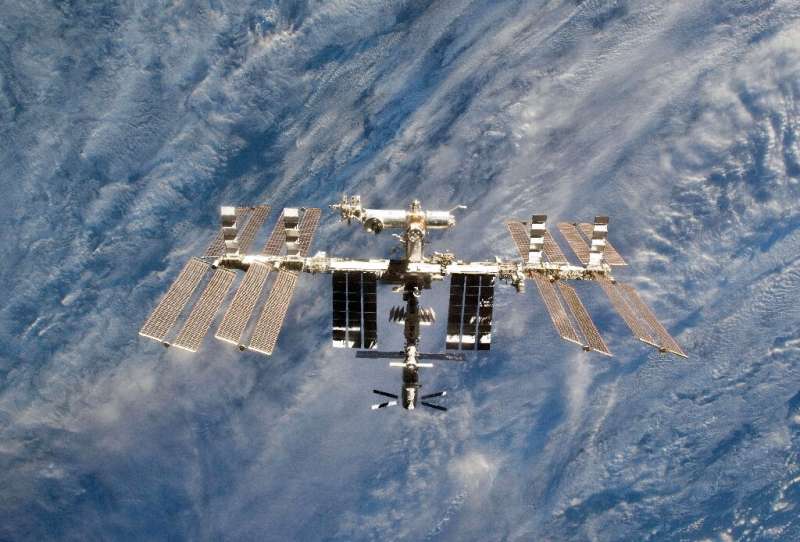"
NASA has not yet commented, but its Russian counterpart Roscosmos downplayed the incident.
"The orbit of the object, which forced the crew today to move into spacecraft according to standard procedures, has moved away from the ISS orbit. The station is in the green zone," the agency tweeted.
"Friends, everything is regular with us! We continue to work according to the program," tweeted Anton Shkaplerov, the current commander of the outpost.
Earlier, NASA astronauts Raja Chari, Tom Marshburn, Kayla Barron, and European Space Agency astronaut Matthias Maurer floated into their SpaceX Crew Dragon spacecraft for safety, according to a report by Spaceflight Now.
At the same time, Russian cosmonauts Shkaplerov and Pyotr Dubrov, as well as NASA astronaut Mark Vande Hei, boarded a Soyuz spacecraft on the Russian segment, the outlet added.
Both spacecraft can be used as lifeboats to bring crew back to Earth in an emergency.
US space industry analyst Seradata tweeted the debris might have been caused by a missile test.
"ASAT missile strike now suspected. Seradata SpaceTrak database orbital data had Cosmos 1408 in a 487 x 461 km orbit—a bit higher than ISS but not much," the company tweeted, referring to an old Soviet satellite.
"The ASAT strike on Cosmos 1408 would cause some debris to be fired below it... threatening ISS with a crossing debris cloud."
Space weapons
ASATs are high-tech space weapons possessed by few nations—only the United States, Russia, China and India have demonstrated the ability to shoot down their own satellites.
India was the last to carry out such a test in 2019, creating hundreds of pieces of "space junk" strongly criticized by other powers, including the United States.
The United States shot down a satellite in 2008 and China demonstrated a similar knockout in 2007.
Though a Russian strike has not yet been confirmed, Harvard astronomer Jonathan McDowell told AFP the available evidence was consistent with such a test.
Space-to-ground communications monitored by analysts spoke of a "debris cloud" rather than a particular piece of debris.
"What that tells me is that this is a recent event that they're talking about, not some well characterized, known, catalogued object, but a whole bunch of new objects that have not yet been catalogued," he said.
The known orbital plane of Cosmos 1408 was consistent with a debris cloud that the ISS would encounter as it orbited the Earth every 93 minutes.
If confirmed, such a test would be entirely unnecessary, McDowell said.
"There's no public safety element... This is purely a military test, a saber rattling test. And it shouldn't be done," he added.
"I would say that more and more the feeling among people in the space industry is that we have way too much debris up there already —to deliberately generate more is just inexcusable."
The first objects from the debris cloud should start to enter the atmosphere within a few months, but it could be up to ten years before the cloud clears up entirely, McDowell said.
Low Earth orbit has become increasingly crowded in recent years with the explosion of the satellite industry.
There are currently more than 4,500 satellites in orbit, according to the Union of Concerned Scientists, with companies like SpaceX planning to launch up to tens of thousands more.
Explore further
© 2021 AFP



